Ships and submarines in service with the Main Directorate for Deep-Water Research
This article will talk about one of the most secret units of the Ministry of Defense of Russia - the Main Directorate of Deep-Water Research (GUGI). The GUGI is directly subordinate to the Ministry of Defense and is engaged in deep-sea and oceanographic research, search and rescue of sunken ships, physiological studies of the effect of large depths on the human body, and tests of emergency and rescue equipment.
Service at the State Institute of State Administration at special nuclear submarines and deep-sea atomic power stations (AGS) is considered the most dangerous and responsible. Immersion depths of 3-6 kilometers, secret tasks of national importance, the need for high technical literacy, knowledge of the operation of components and assemblies, psychological stability required the formation of crews exclusively from officers and the medical examination during selection, similar to that for astronauts.
Gugi hydronauts are the elite of Russia's submarine forces. The work of the 10th detachment of hydronauts GUGI awarded the Order of Nakhimov. In addition to them, only the crews of the cruisers "Peter the Great", "Varyag" and "Moscow" were awarded this order. It is the hydronauts and their work that are the most classified part of the GUGI.
The Main Directorate of Deep-Water Research is armed with surface ships, nuclear submarines and deep-sea vehicles. Let's consider them in order.
Surface ships
Oceanographic research vessels of project 22010 Kruys - A series of special-purpose vessels for conducting comprehensive studies of the oceans. Project ships can explore both the thickness of the ocean and its bottom. For these purposes, the ship is based on deep-sea inhabited and autonomous uninhabited underwater vehicles. Oceanographic vessels can also be used for rescue purposes - the equipment allows you to search for sunken objects on the seabed. Vessels have a equipped platform for one helicopter. The project vessel can operate in ice and, along with mapping, performs the functions of a universal surface and underwater reconnaissance.
The main special equipment of the vessels of project 22010 are inhabited autonomous deep-sea vehicles of two types: project 16810 "Rus" and project 16811 "Consul".
Project ships have a displacement of 5230 tons, cruising speed - up to 15 knots, cruising range - up to 8000 miles, autonomy - 60 days and a crew of up to 60 people.
As a propeller, two helical columns (WRCs) with a drive from electric motors are installed. Each WRC is able to rotate 360 degrees, which ensures the retention of OIC - even in a strong storm, the ship can be located almost without offset from a given point.
The reconnaissance capabilities of the project’s vessels are not known for certain, but the work of the Yantar vessel in October 2016 off the coast of Syria was widely resonant. For some time, the ship was above submarine fiber-optic cables, and rumors about the ability of Amber to listen to such cables and even cut them were widely spread in Western media.
Currently composed fleet there is one ship of the project - "Yantar", the second ship - "Almaz" is being tested and will be transferred to the Navy this year.
Experimental research vessels of project 11982 Designed for testing special technical means, participating in search and rescue operations, conducting research and oceanographic work. These vessels are capable of operating in ice, mapping water, performing the functions of a universal deep-sea and surface reconnaissance, and can perform the functions of a rescue and cable vessel.
Vessels have a maximum speed of 12 knots, a range of 1000 miles, autonomy - 20 days, a crew of 16 people, the expedition - 20 people.
As part of the Russian Navy, two vessels of Project 11982, Seliger and Ladoga, are currently serving. Another vessel, Ilmen, is under construction.
The closed transport floating dock "Sviyaga" of the project 22570 "Apartment" It has a carrying capacity of 3300 tons, a length of 134 m, a width of 14 m, a draft of 2,67 m. The transport dock is equipped with an automated control system for working with payloads (diving / surfacing). The dock is used as a carrier of autonomous deep-sea vehicles. Also provides transportation of ships and vessels on inland waterways from north to south.
Rescue marine towing vessels of the project 20180 Zvezdochka Designed for search and rescue operations, providing tests of naval weapons and equipment. Vessels can also search and examine sunken objects. For these purposes, a deep-sea vehicle of the “Consul” type or SGA of project 18271 “Bester” is placed on the vessel. To monitor underwater objects, the ship is equipped with remotely controlled uninhabited underwater vehicles "Tiger" and "Quantum."
The vessels have a displacement of 5500 tons, a maximum speed of 14 knots, and a crew of up to 70 people. Ships are equipped with a helipad for one Ka-27 helicopter, and ships are also equipped with towing equipment for other ships and three cargo cranes. Two aft cranes, with a lifting capacity of 80 tons and a boom lifting height of 4,5 to 19 meters, carry out the launching and lifting of rescue vehicles or loading and unloading, provide lifting of sunken, floating or bottom objects, including large ones.
The ships of this project are equipped with two Shorch diesel-electric power plants KL6538В-AS06 of 3625 hp. each, as well as four 1680 kW diesel generators and two 1080 kW generators. The movers of the vessel are two fixed-pitch propellers on the helm-steering columns and two bow thrusters.
To date, the Navy has one ship of the project - the head ship Zvezdochka.
Oceanographic research vessel of the project 20183 "Academician Alexandrov" has a displacement of 5400 tons, a maximum speed of 14 knots, a crew of 65 people. The propulsion system is similar to that on Project 20180 ships. The ship has a take-off and landing site for one Ka-27 multi-purpose helicopter. The ice class of the Arc-5 vessel allows independent navigation in annual Arctic ice with a thickness of up to 0,8 m in winter-spring navigation and up to 1 m in summer-autumn navigation. The navigation area is not limited.
“Academician Alexandrov” is classified as an oceanographic research vessel and is described as “a multi-purpose vessel of reinforced ice class designed to conduct research and scientific work on the shelf of the Arctic seas, ensure the operation of Arctic marine equipment, rescue operations in the Arctic”.
Currently, the fleet includes one vessel of the project - Academician Alexandrov. The possibility of laying the second vessel is being considered.
Submarines, nuclear deep-sea stations, deep-sea inhabited vehicles
The research submarine of special purpose is the carrier of the inhabited deep-sea vehicles of project 09786 BS-136 Orenburg. Initially, the nuclear submarine was built according to project 667BDR Kalmar and became part of the fleet in 1981, but in 1996 it was assigned to a subclass of special purpose submarines. After a corresponding modernization, Orenburg in 2006 joined the fleet as a special-purpose submarine. The submarine has an underwater displacement of 15 tons. GEM consists of two water-cooled reactors VM-000C.
September 27, 2012 during the expedition "Sevmorgeo" BS-136 "Orenburg", playing the role of the carrier of the deep-sea nuclear research station - submarine AS-12 project 10831, known as "Losharik", reached the North Pole.
The current status of the submarine is unknown. Perhaps it is being repaired at the Zvyozdochka TsS.
Special-purpose submarines of project 09787 BS-64 “Moscow Region”. Built under the project 667BDRM "Dolphin" and joined the fleet in 1986. In 1999, the nuclear submarine was sent to the Zvyozdochka CS for repair and refitting under project 09787. On December 26, 2016, after the modernization of the special-purpose nuclear submarine BS-64 “Moscow Region”, it was transferred to the fleet. The nuclear submarine has the following characteristics: underwater displacement of 18 tons, the maximum immersion depth of 200-550 m, crew - 650-135 people. GEM - 140 VM-2SG reactors with a total capacity of 4 MW.
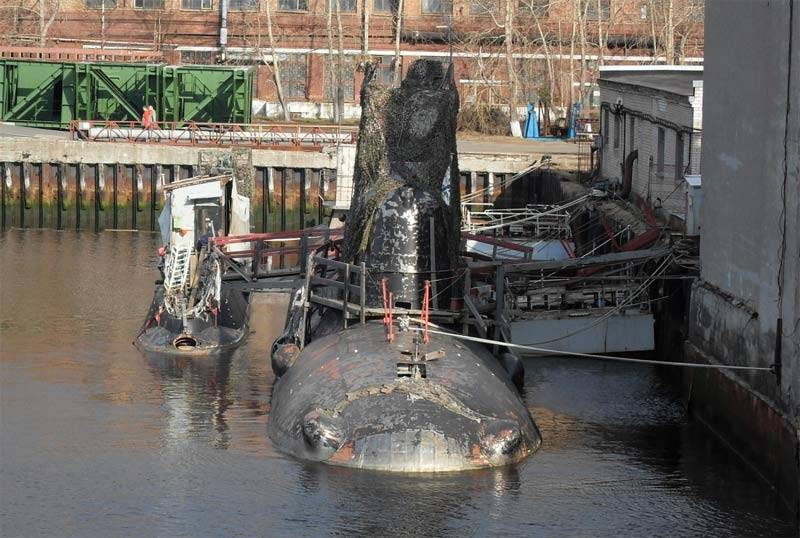
Nuclear deep-water stations of the project 18510 "Nelma". Presumably, the complex was created to conduct reconnaissance operations, interfere with combat patrol routes of the Russian Navy, solve scientific and technical problems, save people in extreme situations, lift various equipment with military equipment of a potential enemy that sank in the sea, and perform other special operations .
The Nelma AGSs have a total displacement of about 1000 tons and are equipped with one 10 MW reactor. The case is made of titanium alloy. During the design, the felling was not provided, but due to the fact that the hatch of the airlock compartment was flooded with water even with minor sea waves, it was later mounted during the next repair. AGS do not have weapons. For deep-sea diving operations are equipped with a pressure chamber. Able to dive to a depth of 1000 m.
According to the projects 18510 and 18510.1, 3 gas stations were built, according to open sources, all of them are in the fleet. Their carriers are BS-136 and, possibly, BS-64.
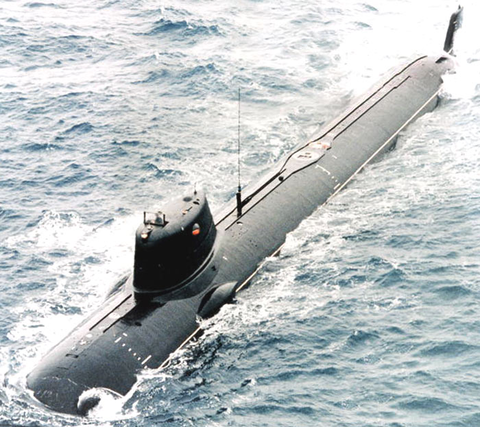
Nuclear deep-water stations of the project 1910 Sperm Whale they have an underwater displacement of 2000 tons, an underwater speed of 30 knots, an immersion depth of more than 1000 m, and a crew of 36 officers of the State Institute of State Administration. The hull of the submarine is made of titanium alloys. Probably, the submarine has an improved propulsion system, which has several side systems that change the motion vector of the submarine. With the help of these small shunting engines, the Sperm Whale can soar above the basaltic bottom of the ocean.
The following equipment is supposedly installed on board the submarine: echo sounder, television surveillance system, side-scan GAS, magnetometer, satellite navigation system, high-frequency profilograph, deep-sea photography equipment, remote-controlled robotic arm, water sampling system, pressure chamber for divers and exit system divers on the ground.
According to open sources, the fleet includes 3 gas stations of the Sperm Whale project, but their exact status is unknown.
Nuclear deep-water station AS-12 of project 10831 "Wicket" or "Losharik" - the name by which it is known to the general public, was accepted into the fleet around 2010. AGS has a total displacement of 2000 tons. The hull of the deepwater station is assembled from high-strength titanium compartments having a spherical shape, in which the bathyscaphe principle is implemented. All compartments of the boat are interconnected by aisles and are located inside the light hull. According to various sources, the AGS can dive to a depth of 3000 to 6000 m.
There is no armament at the station, but at the same time it is equipped with a manipulator, telegraph (bucket with a television camera), dredge (rock cleaning system), and also a hydrostatic tube. The Losharik crew includes 25 people - all officers. Underwater “Losharik” can be several months.
The alleged carrier of the AGS of the project is the special-purpose submarine BS-136 Orenburg.
Research autonomous deep-sea stations of projects 16810 "Rus" and 16811 "Consul" based on the ships of projects 22010 Kruys and 20180 Zvezdochka. Bathyscaphe built on similar projects and have slight differences. The AC-37 of the Rus project was included in the fleet in 2007, the AC-39 in 2011. “Rus” has a total displacement of 25 tons and can dive to a depth of 6000 m, “Consul” has a displacement of 26 tons, and is capable of diving up to 6270 m. The crew of bathyscaphes - 2-3 people. The devices have a resource for 500 dives to a depth of more than 4000 m and 1000 dives to a depth of 4000 m.
Appointment of devices pr.16810 and 16811:
1) classification and video recording of objects on the seabed;
2) the implementation of underwater technical work using a manipulator;
3) inspection of underwater structures and facilities;
4) delivery to the ground or lifting to the surface of objects weighing up to 200 kg.
DeepWorker 2000 Submarine based on the Seliger pilot vessel of project 11982. The Canadian-made device is capable of diving to a depth of 1000 m, the duration of the dive is 6 hours in normal mode and 80 hours in emergency mode. DeepWorker 2000 is equipped with 4 engines, 1 hp each. each. It is possible to install a wide range of additional equipment on the device: manipulators, video cameras, sonar, Doppler lag, sonar navigation system. The device has a hemispherical dome, providing excellent visibility to the pilot. The dimensions of the dome make it easy to make photo or video shooting on non-specialized cameras without the need for expensive underwater cameras or boxes. The relatively small mass - 1800 kg - and the compactness of the apparatus allow the descent and lifting of the apparatus by any non-specialized ship crane of sufficient capacity, as well as transported by any means of transport. The Deep Worker is controlled by one pilot.
Projects Under Construction
In the interests of the GUGI, a rather intensive construction of ships and nuclear submarines is currently underway. Next, we will talk about projects that in the near future should go into service with the GUGI.
Oceanographic research vessel "Eugene Gorigledzhan" of project 02670 created on the basis of the rescue tug MB-305, built in Poland, at the Szczecin shipyard in 1983 and serving in the Northern and Baltic fleets, which reduced its construction cost by 40%. According to project 02670, it will be converted for underwater technical work, environmental monitoring of the marine environment, oceanographic surveys of the bottom layer, and assistance to search and rescue forces at sea. The ship will take on board inhabited deep-sea vehicles of the Rus, Consul type and rescue vehicles of the Bester type. The ship's displacement is 4000 tons, autonomy is 30 days, the crew is 32 people and 25 members of the expedition. The entry of the ship into operation is planned for 2021.
Oceanographic research vessel Akademik Ageev of project 16450 Garage-Gyuis. There is little information about the ship. "Academician Ageev" is so classified that even its geometrical dimensions and displacement are not disclosed. Since the ship is oceanographic, that is, intended for sailing in the ocean zone, making the longest voyages, including to the shores of the United States, it belongs to the first rank. In this connection, it can be assumed that its displacement is not less than 10 tons, and maybe more. It is known that it provides a set of forces and means for research, including with the help of deep-sea unmanned vehicles, the possibility of which is provided for on this ship.
Special submarines K-329 Belgorod, project 09852 originally built under project 949A Antey, however in 2012 the submarine was reloaded on a new project. During completion and redesign, the length of the nuclear submarine increased from 154 to 184 m, the hull width was 18,2 m, which makes Belgorod the largest submarine in the world.
Underwater displacement of nuclear submarines is, according to open data, 30 tons, the maximum immersion depth is 000 m, underwater speed is 600 knots, the crew is 32 people. The power plant consists of two OK-107V reactors with a capacity of 650 MW each.
The main weapon of Belgorod should be the Poseidon nuclear torpedoes (the media reports about the ability of the nuclear submarines to carry 6 such torpedoes), and the submarine may also be the carrier of the project 10831 Kalitka ASG and deep-sea drone type Klavesin-2R-RM.
The entry of the submarine into operation is expected this year.
If little is known about the nuclear submarine Belgorod, then about special-purpose submarine Khabarovsk, project 09851 - almost nothing. There is not even exact information whether it will be subordinate to the GUGI. It is assumed that a new type of reactor will be installed on the nuclear submarines and it, like Belgorod, will be the carrier of strategic nuclear torpedoes Poseidon.
Presumable characteristics of Khabarovsk: length - up to 120 m, displacement - up to 10 tons, maximum immersion depth - 000-400 m, propulsion system - 500 nuclear reactor and water jet propulsion. It is assumed that the submarine used many design solutions previously developed on the nuclear submarines of project 1 Borey.
According to the plans, Khabarovsk is due to be commissioned in 2022.
Conclusion
The secrecy of the GUGI's activity makes it difficult to objectively evaluate the work of the department. However, the fact that the department is building the most modern oceanographic vessels, nuclear submarines and deep-sea vehicles indicates that the state highly appreciates the work of the Main Directorate for Deep-Sea Research and is ready to invest in it.
Undoubtedly, the GUGI works for the future, because for a long time it has been known about the huge natural resources concentrated at great depths under water. For example, huge reserves of oil and gas have been discovered on the Arctic shelf of Russia.
However, the leading role is given to military missions. Here is the opportunity to influence the deep-sea communications of a potential adversary, and the creation of new types weapons able to work at great depths, and missions to raise critical objects from the ocean floor.
Therefore, the work of the State Property Management Administration in the coming years will receive decent funding and logistical support.
However, if the future of the GUGI looks cloudless, then the other departments of the fleet are not so happy. But more about that in the next article.
To be continued ...
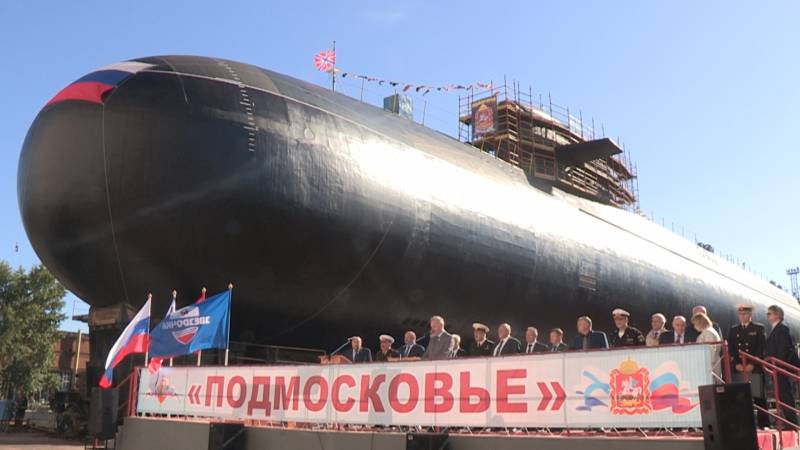
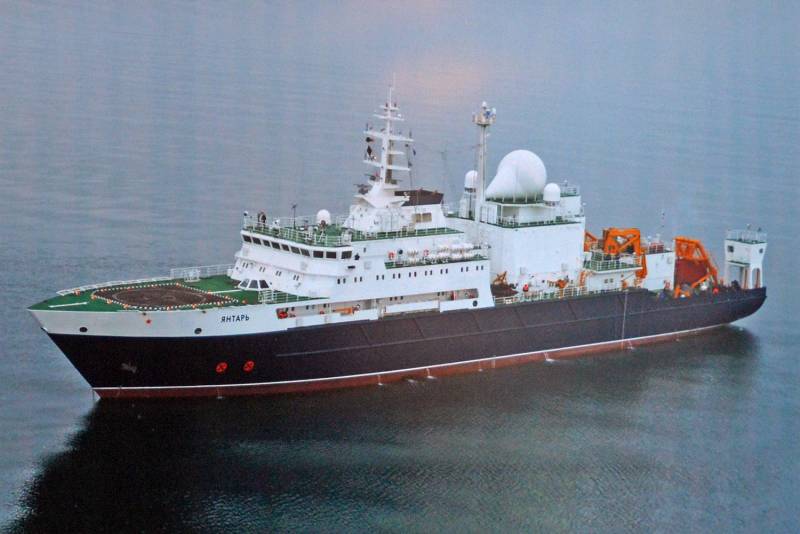
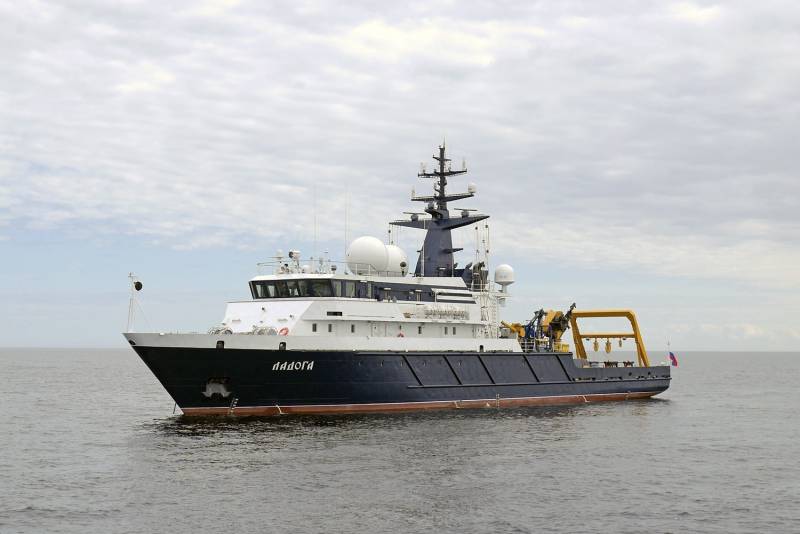
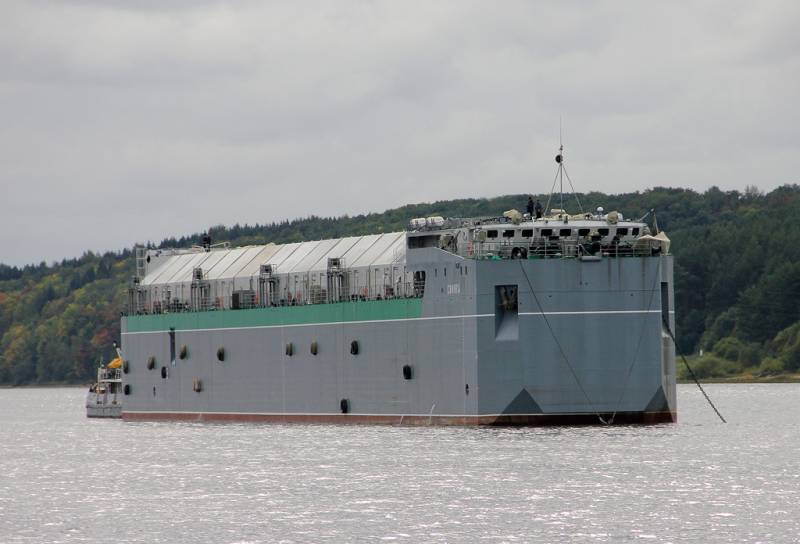
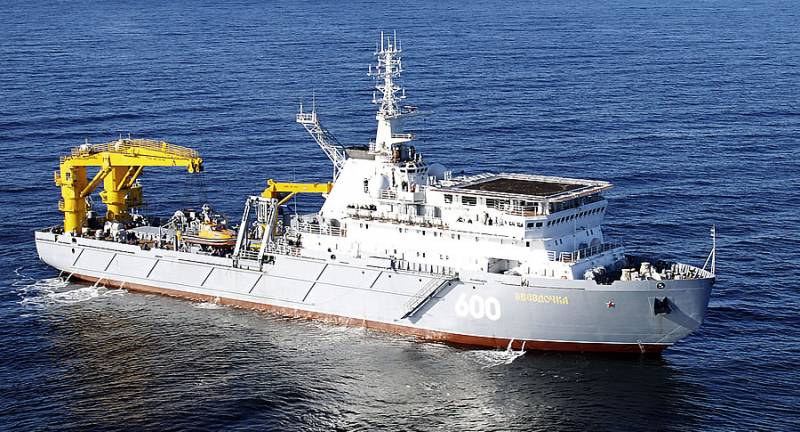
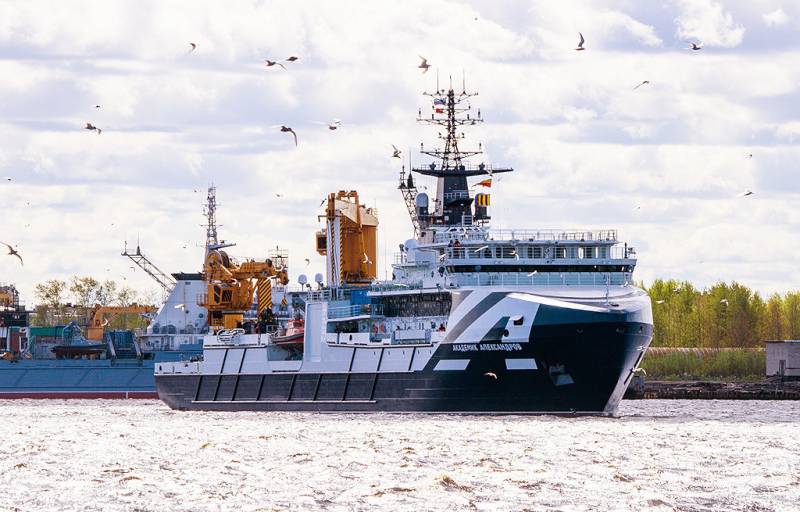
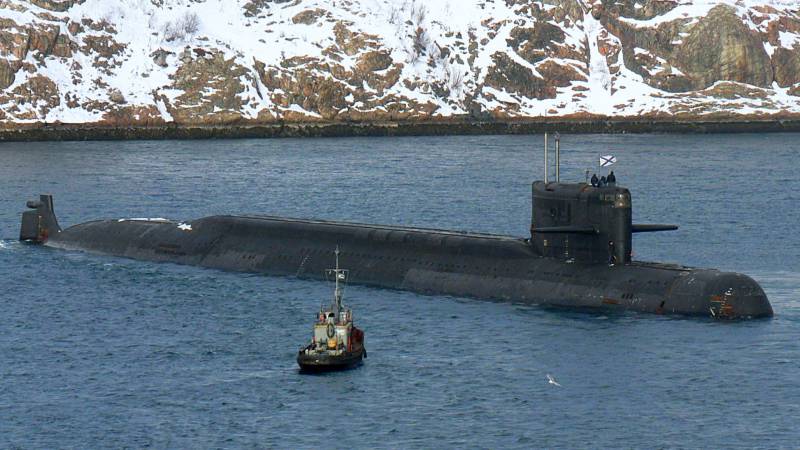
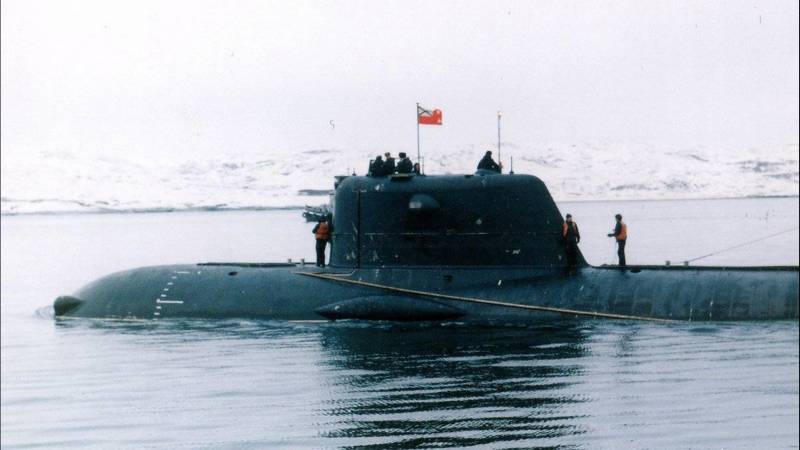
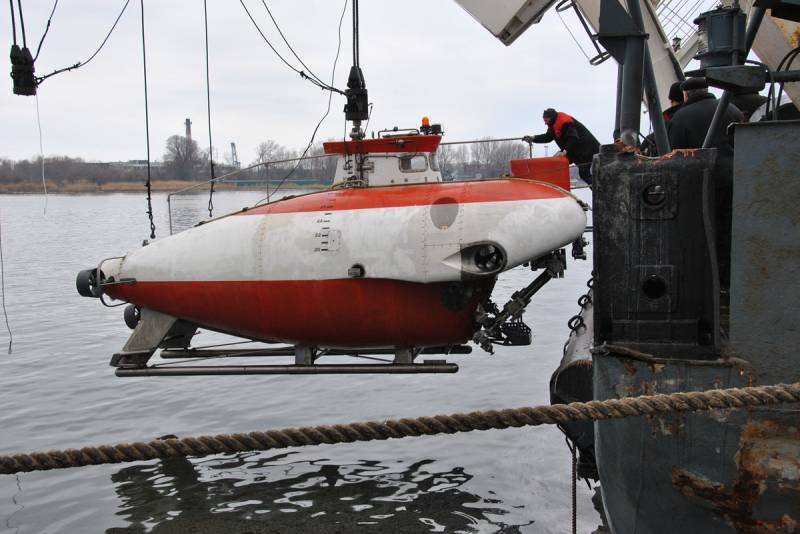
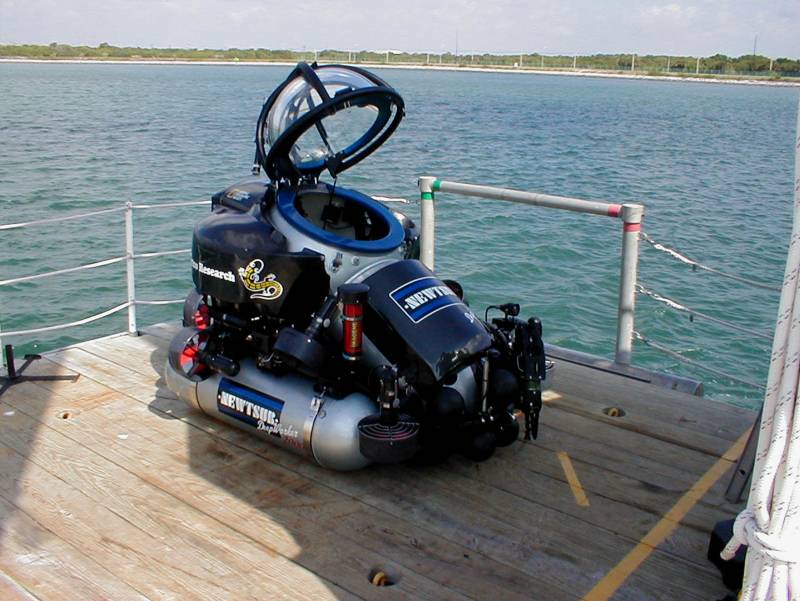
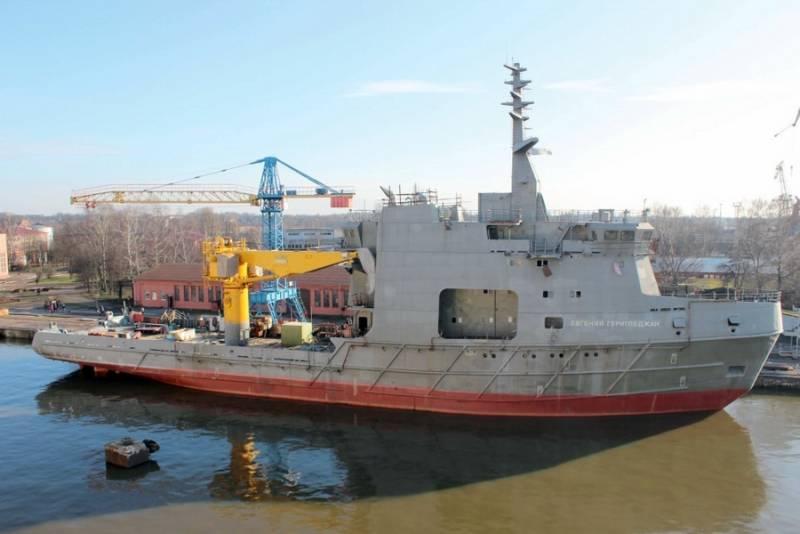
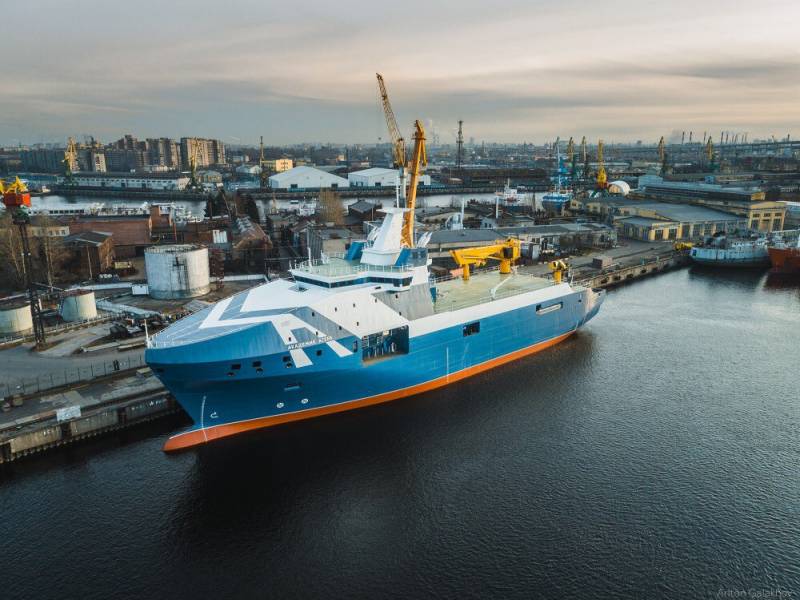
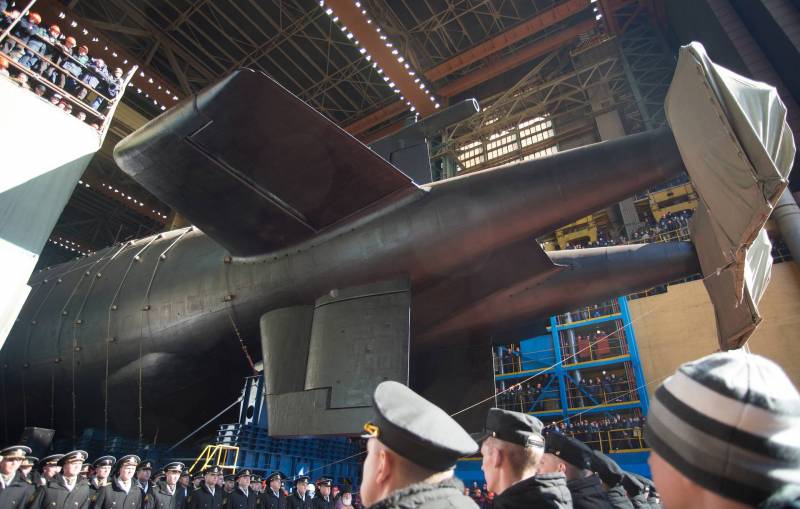
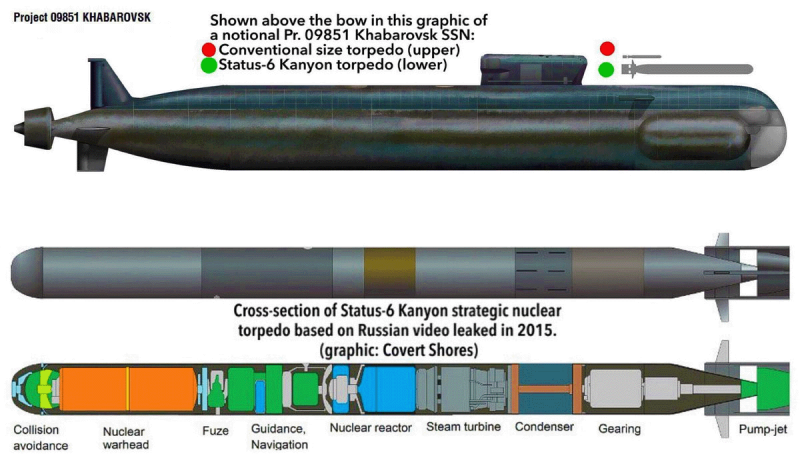
Information